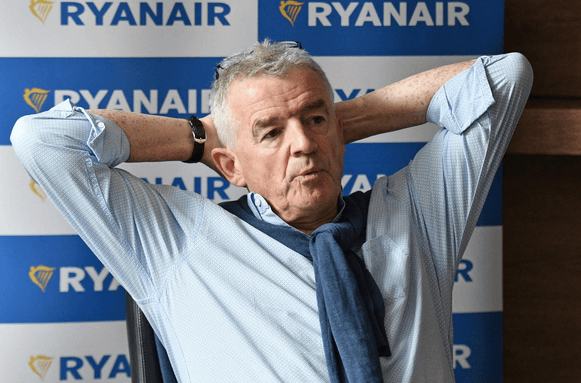Commercial aviation is experiencing challenging times in the US and across Europe due to a shortage of staff coupled with a sharp increase in demand, while the use of private jets continues to be on the rise. The latter is happening in part because it is no longer as expensive as it once was.
According to the WingX portal, around 3.3 million private flights were operated worldwide in 2021, seven percent more than before the pandemic. Health concerns and the contraction of commercial aviation gave a boost to the use of private aircraft. In less developed countries, private flying is making it possible to fly to destinations that are not served by airlines or are poorly served by them.
Fleet flying hours are at all-time highs, a full recovery from the impact of the pandemic.
Derek Zimmerman, president of customer support at Gulfstream

The increase in flights in more developed countries has attracted attention: “The numbers were even higher at the end of 2021 compared to the previous peak in 2019, seeing an overall increase of 23%. Those numbers were even more staggering for the U.S. domestic market, reaching a 46% jump in flights over the past two years, with peaks over the Christmas and New Year period,” said a note in the International Airport Review.
Speaking at the Farnborough International Airshow and quoted by CNBC, Scott Neal, senior vice president of worldwide sales at private luxury jet manufacturer Gulfstream, said, “We have seen very robust, significant activity for about the last 18 months that’s continuing here into the third quarter. A record sales run for us.” According to Simple Flying, Neal attributed much of his company’s success to the custom of first-time buyers. He said that segment was a significant and growing part of the business.
With the pandemic more or less under control, the travel market for this segment continues to add new clients in almost every part of the world. The main reasons being flexibility, comfort due to the use of less congested and convenient airports, and excellent in-flight services.
According to Globeair, in Europe these are the reasons for choosing to fly private: The time of busy people is better managed; for business travelers, productivity during the flight is increased by 150%; In Europe it is possible to fly to more than 984 destinations; The service is better and the price is more competitive; the service is better and the price-service ratio is optimal; Safety; Time is saved to enjoy at the destination; It contributes to the economic growth of the destinations (increase in tourism, business, etc.) and of the airline industry.
One area of concern raised by some scientists is the impact this boom is having on the environment. According to estimates by The Daily Mail, private aircraft at COP26 could have contributed 13,000 tons of CO2, equivalent to the emissions of 1,600 Britons in a year. The 13,000 tons accounted for 85% of total emissions at the event.
Commercial aviation is estimated to produce around 2% of global CO2 emissions and 12% of the total transport share (compared to 74% for road traffic). If there are between 80,000 and 110,000 commercial flights every day, it is estimated that the number of flights in private jets varies between 10,000 and 11,500 per day. These flights are many cases half empty. The average pollution created by a private flight user is between 5 and 14 times higher than that of the commercial traveler, and 50 times that of the train traveler.
There are almost as many commercial aircraft fleets (26,000) as private ones (22,000). Just 1% of air travelers account for 50% of global aviation emissions. The US is responsible for the vast majority of private flights, according to McKinsey.
Experts believe that as traditional commercial flights return to more or less stable schedules, there could be a decrease in private flight services, but that this will only affect certain routes. The use of private jets, it seems, is here to stay. “We expect a decrease in movements on some domestic routes once commercial aviation resumes business, however, the seed of reliability has been planted in hundreds of new customers and going back to long lines and many hours of waiting in terminals will be a hard pill to swallow for anyone who tried these services,” said Ryan DeBruyne, director of a New York-based charter company.
Aircraft deliveries have been very surprising lately, due to the momentum of this business. Textron reported in early January that it delivered 167 aircraft last year, up from 132 the year before, and the company said it is making every effort to increase production. At least in the most developed countries, the growth of this type of flight means an increase in the entire aeronautical ecosystem with its corresponding impact on GDP.













